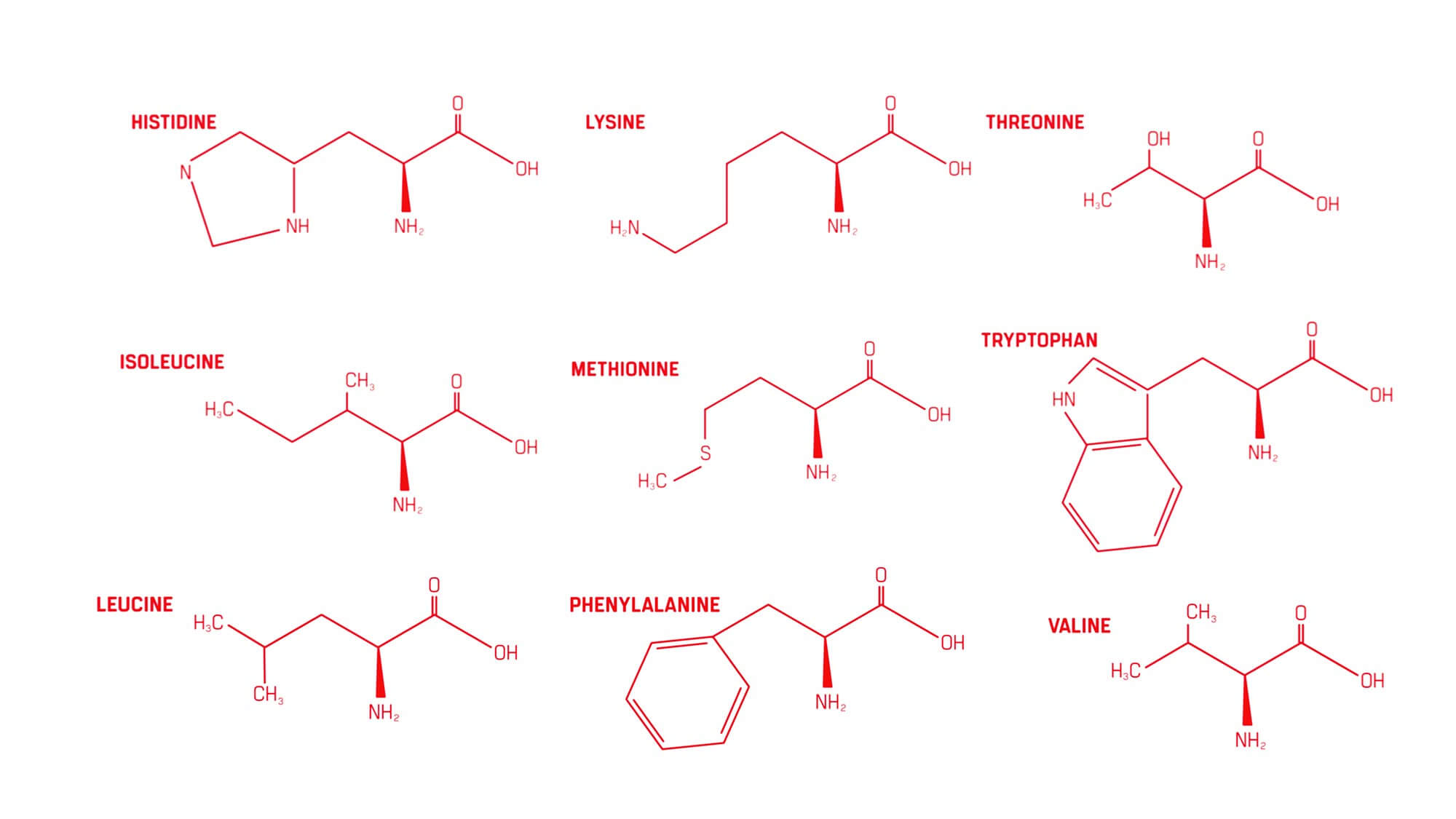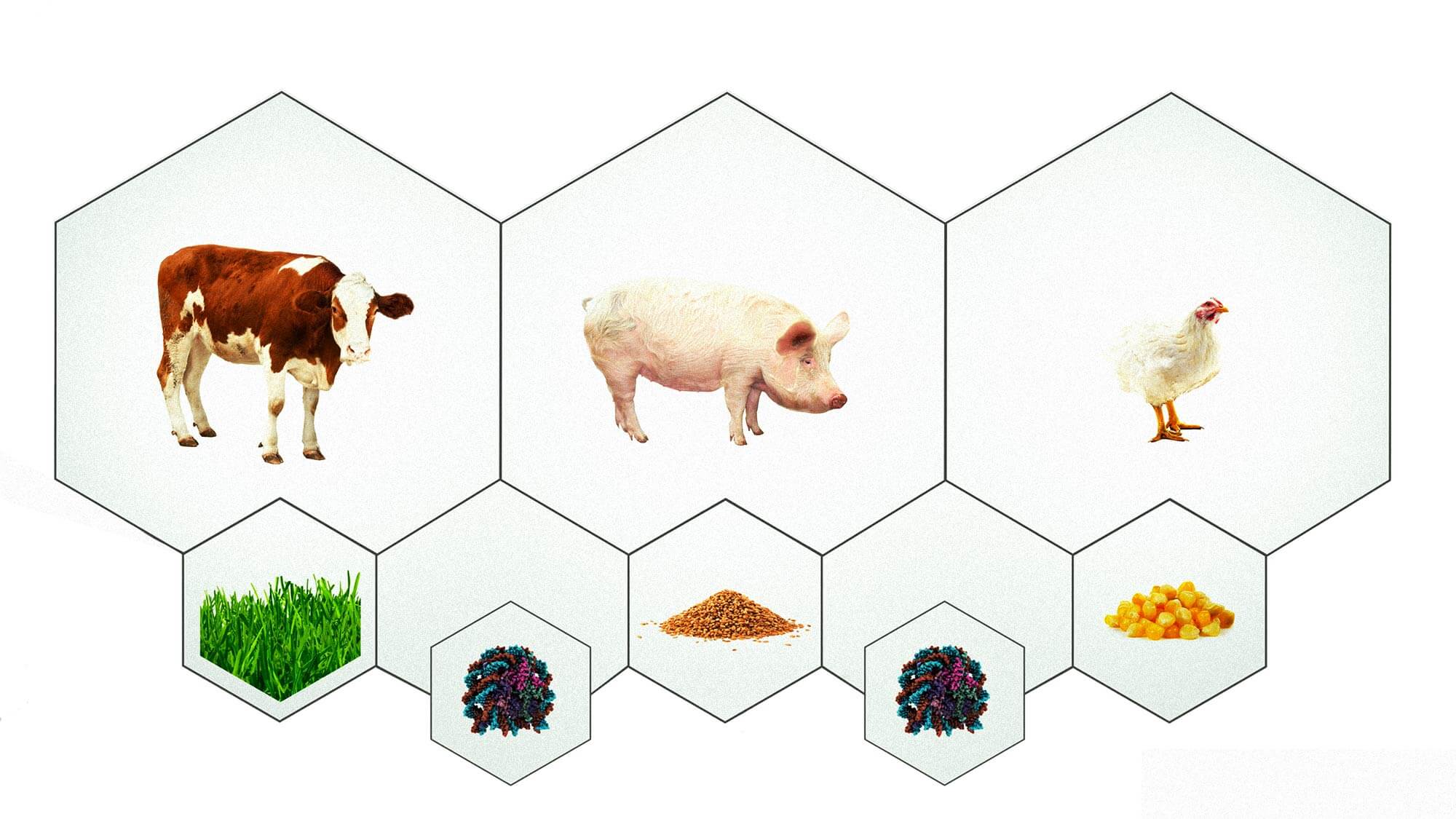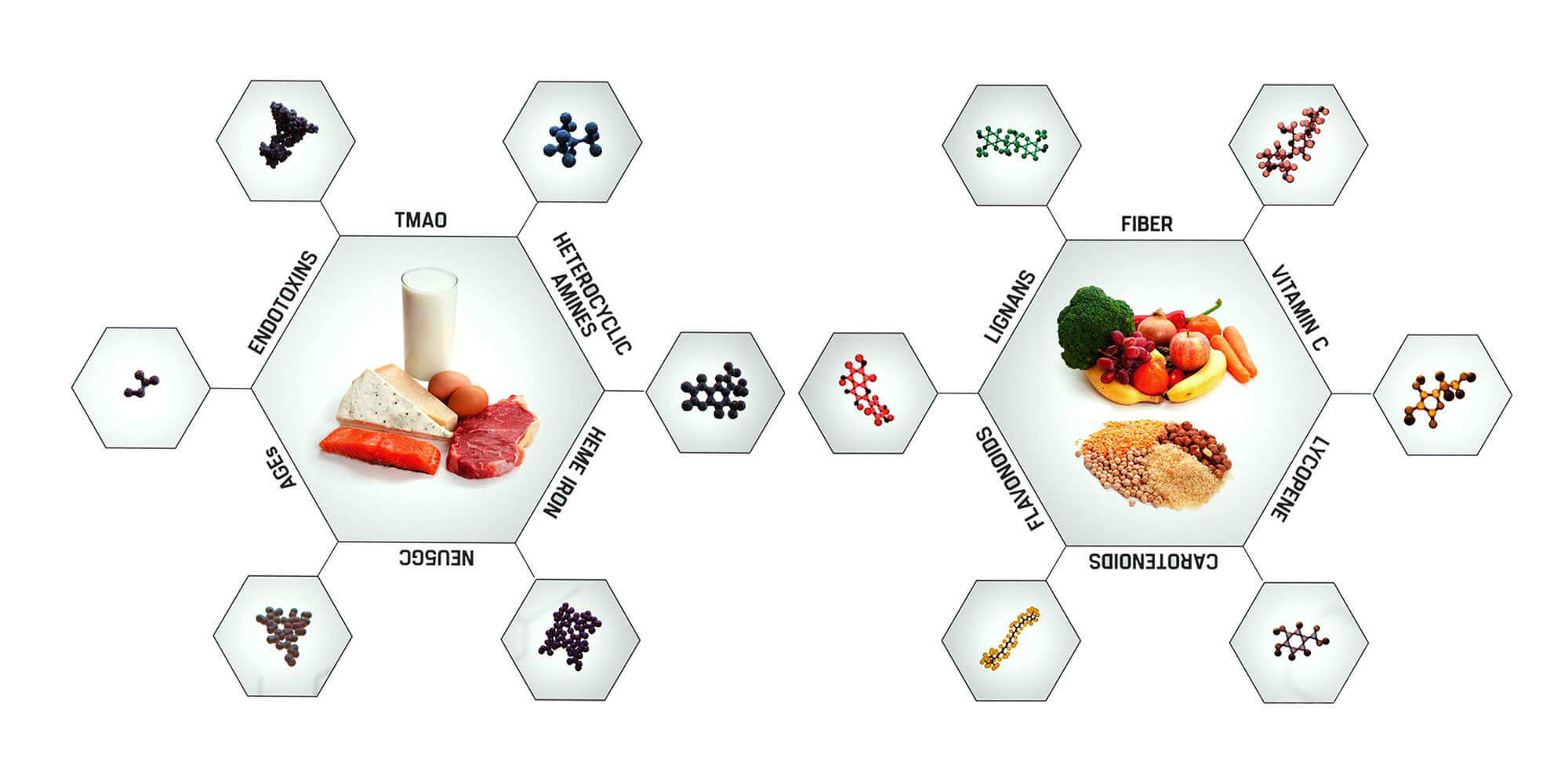

"Someone asked me, 'How could you get as strong as an ox without eating any meat?' and my answer was, 'Have you ever seen an ox eating meat?'”
— Patrik Baboumian, World-Record Holding Strongman
"Where do you get your protein?" is the question most commonly asked of people who stop eating meat and/or animal products. This is because we have been taught to choose foods based on a handful of isolated nutrients, like protein and calcium, and have been led to believe — thanks to billions of dollars of marketing and lobbying — that plant-based foods are low in (or devoid of) these key nutrients. This focus on single nutrients creates lopsided eating patterns, where animal foods become the center of most meals, while beans, grains, vegetables, fruits, nuts and other plant-based foods become “side dishes”.
Nowhere is this focus on a single nutrient more exaggerated than with protein.
Protein is one of the main building blocks of the body, helping us grow and repair tissue, while also helping our hormone and immune systems function properly. Protein is made up of amino acids, of which the human body requires 20. Our bodies can make 11 of these amino acids (known as the “non-essential” or “dispensable” amino acids), so eating them is unnecessary. However, there are nine amino acids our body does not make (known as the “essential” or “indispensable” amino acids), which means that we must include them in our diet (1,2).

Important as it is, most people don’t need much protein in order to meet their daily requirements, in part because our bodies recycle protein very efficiently (1), and prefer other nutrients as fuel for exercise, especially carbohydrates (2). In fact, the average American eats roughly twice the protein they actually need (4).
Athletes, on the other hand, and others who work out/train regularly, often require more protein than ‘regular’ people do, in order to repair and recover properly from higher activity loads (5,6).
Since we’ve been programmed to believe that meat and other animal foods are the only and/or ideal source of protein, these foods are what most people eat to make sure they get enough. What most people don’t realize is that the animals they are eating are really just middlemen, since the majority of these animals get their protein from plants, where all protein originates. In fact, most of the largest and strongest animals on the planet, like elephants, rhinos, horses, and gorillas — are herbivores. And yet they get more than enough protein to build large muscles and maintain good health.

Contrary to popular belief, the largest study comparing the nutrient intake of meat-eaters with plant-eaters showed that the average plant-eater not only gets enough protein, but 70% more than they need. Somewhat ironically, even meat-eaters get roughly half of their protein from plants (7). This should come as no surprise if you’re aware of the fact that a peanut butter sandwich contains about as much protein as three ounces of beef or three large eggs (8).
Another common misconception about protein, paid for again by marketing and lobbying dollars, is that the quality of plant protein is inferior, because plants apparently don’t contain all of the essential amino acids. This is also patently false, since every single plant contains all of the essential amino acids, in varying proportions (2,9,10). While it is true that some plant foods are lower in certain amino acids than others, our bodies break protein down into individual amino acids so that the appropriate proteins can be built at the necessary times (1). This would explain why, when it comes to gaining strength and muscle mass, research comparing plant and animal protein repeatedly demonstrates that as long as the right amount of amino acids are consumed, the source is irrelevant (11).
Since we know that getting enough protein from plants needn’t be an issue, the far more important issue now comes into play: the package this protein comes in.
Animals, it turns out, are not only protein middlemen, but very poor ones, removing many of the most beneficial aspects of the plants they consume, like fiber and antioxidants, while concentrating contaminants like pesticides and mercury, and adding highly inflammatory compounds like endotoxins and Neu5Gc (12-16). Meat and other animal products even change our gut microbiome — the bacteria that live in our intestines — causing them to produce more inflammatory molecules like trimethylamine N-oxide (TMAO) (17). This helps explain why eating a single hamburger has been shown to increase measures of inflammation by 70%, while also impairing blood flow (18). Inflammation and impaired blood flow are not only bad for short-term performance (19-20), but create even greater problems down the road, setting the stage for heart disease and certain forms of cancer (21,22).

While the animal protein package sabotages our efforts to perform and feel our best, the plant protein package does the opposite, since it comes loaded with fiber, antioxidants and phytochemicals like vitamin C and carotenoids, which reduce measures of inflammation and improve blood flow (12,23-25). On average, plants have 64 times the antioxidant content of animal foods. Even iceberg lettuce has more antioxidants than salmon or eggs (13). The plant protein package has also been shown to optimize the gut microbiome (26). As a result, switching to a plant-based diet can help reduce measures of inflammation by 29% in just three weeks (27).
As thousands of champion athletes have experienced, plant-based foods can not only provide more than enough protein to support optimal athletic performance, but appear to provide distinct athletic advantages, once the overall protein package is factored in. These advantages include reduced inflammation, decreased recovery times, improved blood flow, and reduced body fat. Authorities like The Academy of Nutrition and Dietetics add that plant-based diets can meet or exceed protein requirements and are appropriate for all stages of life, including for athletes (28).
Non-athletes who switch to a plant-based diet also benefit from getting their protein from plants, since most people want increased energy, reduced soreness, and a healthier body composition. Meanwhile, purely from a health perspective, the Food and Agriculture Organization of the United Nations applauds plant-based diets for preventing or delaying many chronic diseases, and The World Health Organization confidently recommends that we eat fewer animal foods and more plant foods (29,30).
The verdict is in: the best source of protein is plants.
As discussed earlier, most people, including people who follow a plant-based diet, easily get more than enough protein to optimize health. The current Recommended Dietary Allowance (RDA) for protein ranges from country to country, but 0.8 grams of protein per kilogram of body weight is typical for many countries, including the US and Canada (1). For a 77kg/170lb person this would mean about 62 grams.
As also discussed, athletes and other people who work out/train regularly often require more protein, depending on what type of sport/activity they engage in. Endurance athletes like distance runners and cyclists require about 50% more protein (1.2g-1.4g/kg) than the average person, to help them recover and perform their best (31). However, most endurance athletes naturally consume this amount, since they typically eat more calories and, therefore, more protein (32).
Bodybuilders and strength athletes seeking to make gains as quickly as possible can require twice as much protein or more (1.6-2.2g/kg) than the general population (33). For these people, keeping a close eye on how much protein is consumed over the course of the day becomes more important, regardless of whether it comes from animal- or plant-based sources (11).
Fortunately, as elite plant-based athletes from a broad range of sports have clearly demonstrated, because protein naturally occurs in all plants — and because many plant-based foods have lots of it — getting enough shouldn’t be an issue, especially with some basic knowledge about which foods are the best sources.
And perhaps even more importantly, the package plant protein comes in offers many distinct advantages, as outlined above.
For a deeper dive into these subjects, including recommended protein-rich plant-based foods and meals, please jump to Maximizing Performance and/or Optimizing Health.Page References
Discover why plant-based eating can provide powerful, proven advantages for health, wellness, and longevity.
Learn MoreFind out how pro athletes are getting to peak performance eating a plant based diet.
Learn More